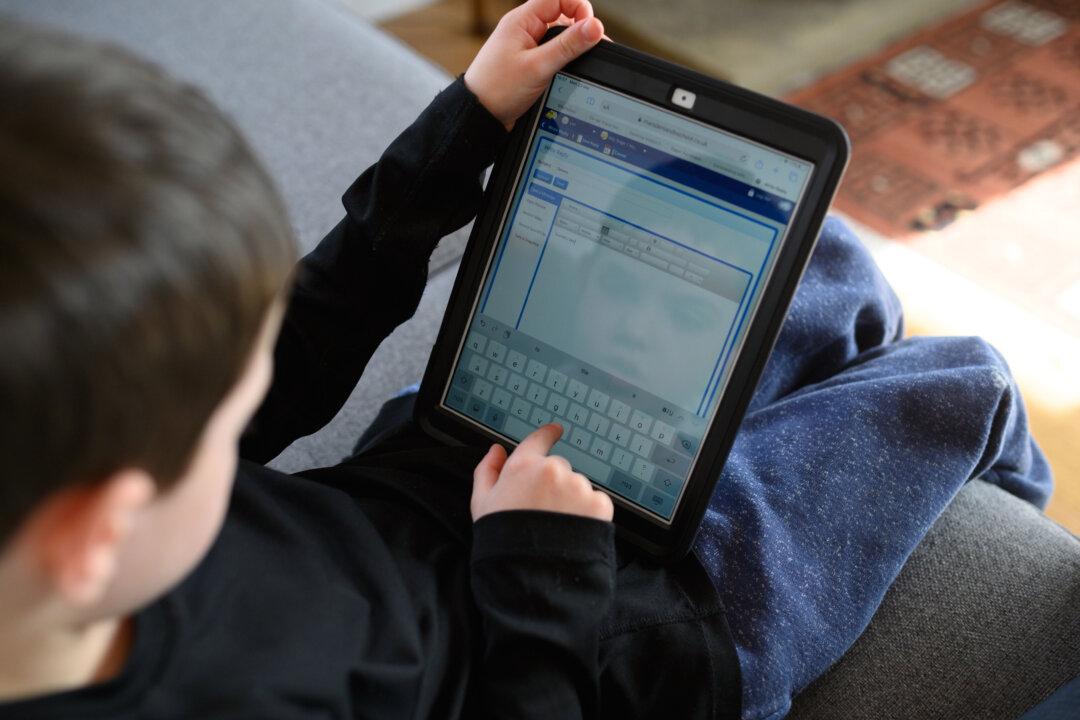Commentary
Think back to when you were a kid. A huge blizzard was on the way, and you knew that school might be cancelled the following day.

Think back to when you were a kid. A huge blizzard was on the way, and you knew that school might be cancelled the following day.